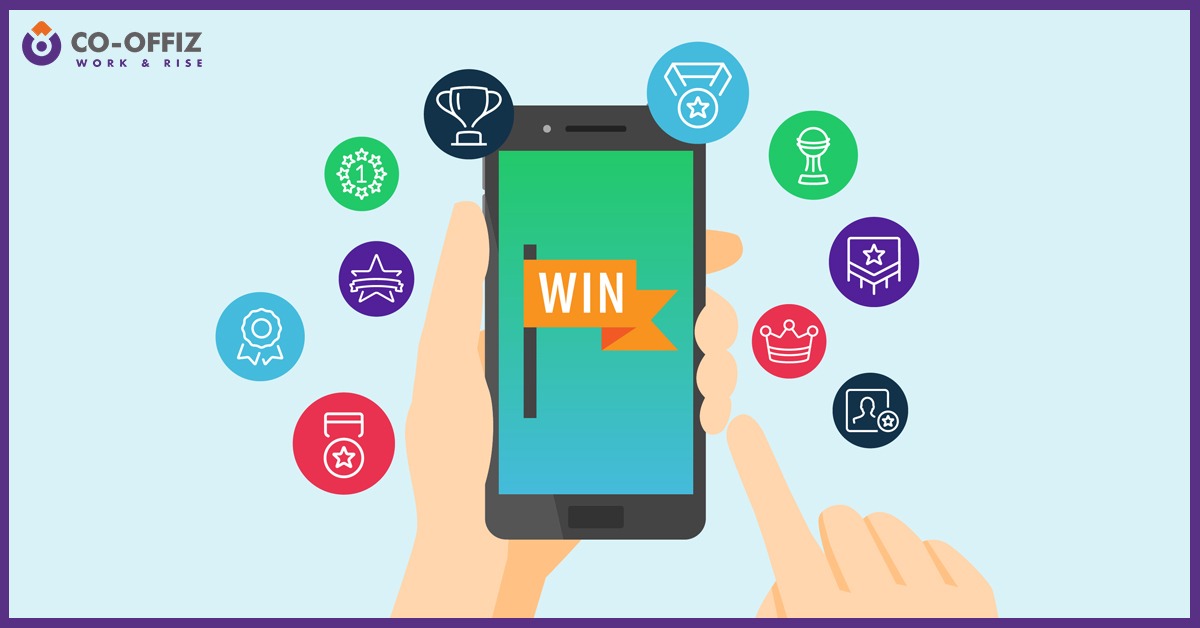6 Tips, Tricks & Hacks For Marketing Your App
It’s simple to build an app. But it’s harder to market one.
There are countless articles on the internet with complete marketing methods, but the real and helpful marketing strategy is not provided. Some app owners spend hundreds and thousands of dollars on marketing but still don’t get true results like downloads and generating income. Growth Hacking is rapid-fire. It includes testing different theories and channels to see what works and then using reports and numbers to plough ahead. Growth hacking is a fresh type of marketing in which you should invest time if you want to maintain the head of your app above water. It might be the key to your achievement, or the reason for failure if overlooked.
In-App Referral System

Referral systems are nothing new, but creating in-app referrals is something that is wrong with too many startups and founders.
On the other side, one business that dominates this system of development hacking?
Airbnb.
As an Airbnb user, you have access to a referral code that gives fresh customers and cash to your next lease when shared. To use the referral code, you don’t need any special affiliate privileges; anyone with a profile can share it. Over the years, using this strategy has helped Airbnb to explode successfully, and it can help you do the same.
Friends’ recommendations were (and likely will always be) one of the most reliable forms of advertising. So attempt to promote an in-app referral that, like Airbnb, helps both the current and potential customers.
Push Notifications is the Next Big Thing

It increases conversion by 54% of users who have clicked on a converted segmented push notification. This is another easy yet efficient hack for development that can be set up in minutes! Push notification promotes 88 percent more app lunches and downloads, according to Localytics research.
Blogs: The Evergreen Way

Another way to encourage the launch of your app is to write a blog post (or multiple) on the website of your app to explore the characteristics and advantages your app gives to consumers. In addition to your launch article, you can list the latest characteristics and bug fixes in a fresh and enhanced release, highlight distinct usage instances from your own user base, or dive deeply into an intriguing aspect of how your app was implemented.
Building a Microsite

You add another chance to market your app outside the app store when you construct a microsite and drive the traffic there through organic SEO methods. Such a distinctive type of site can be used to display your app to the widest crowd and generate an enormous buzz on and before the launch.
Build a Microsite Microsite is your minimalist site, a call-to-action landing page and a short contact form to collect messages from prospects to engage with the interested public. Not only does the microsite make you more visible, but it also enhances its credibility.
In addition, as you link your own blog to the microsite’s landing page, you can discuss the characteristics of the app and the continuing efforts to promote the app better.
Gamify Your App

You don’t have to create a literal game to harness the power of “wins” in-app. Points, stars, status bars, and even the occasional notification that indicates the success of a user are all-sufficient to help keep them around for the long haul.
Think about how the Duolingo app embarks on its users — it brings them directly into a cycle of tiny accomplishments, ending up being a “smooth” proportion in their fresh vocabulary.
They are hooked because the user gets this tiny victory just a few minutes after first signing up.
You can still use gamification to your benefit, whether your app is fun and light or filled with spreadsheets and numbers. For instance, find a way to use point systems or unlock new characteristics after users have completed some steps. It could significantly increase the involvement of your user.
Bonus: Cash in Social Media

Marketing your product on social media platforms drives great public interest and hype required to guide traffic to the pre-launch microsite and the app store where it belongs.
Invest your efforts and resources to maintain the buzz alive and intense on social channels and blogs and create a genuine community of prospect consumers. Create a Facebook page or use different hashtags to distribute a word about it on Twitter as it promotes your app among target users. You can even run a competition and promote the crowd of Tweeters to create, retweet and share a tweet on other internet networks.
You should stay active on social channels or alternately employ an expert social media manager to efficiently keep continuing campaigns and involvement with creative content.
Have we missed anything? Do tell us in the comments 🙂



